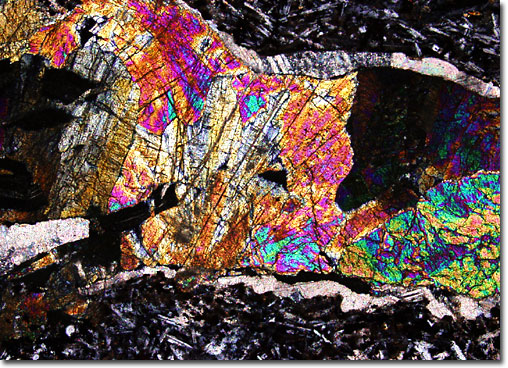|
Though not generally considered one of the more aesthetically pleasing rocks, basalt was the inspiration for a line of stoneware generated by the English potter Josiah Wedgwood. Black, unglazed, and mutely polished, the stately Wedgwood basalt, also known as Egyptian ware, entered the market around 1768. Though sometimes appearing in the form of tea sets and dishes, more often the dark pottery could be found as candlesticks, bookends, plaques, figurines, sculptures, and vases. These items were typically decorated in the neoclassical style that was popular during the period.
|
